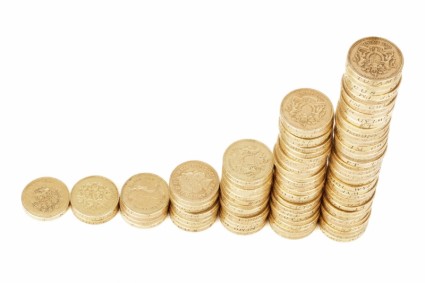I am frequently asked why wine costs what it does.
It’s an understandable concern when you consider there are hundreds of cabernet sauvignon versions lining retail shelves, with prices that range from as low as $7 to a whopping $500 a bottle.
One factor that influences pricing wine is scarcity. It’s simple economics: when demand exceeds the supply, then the available product will cost more.
Yet most wine pricing has more to do with production costs. Vineyard costs (land payments, resources and supplies) are a constant factor influencing price. Some Napa Valley vineyards, for example, with top pedigrees can cost upward of $300,000 an acre. Wines produced in these highly desirable regions are often also made using a very detailed process of growing and harvesting. Think of it as the difference between a mass-produced, assembly line automobile and a custom-made, hand-assembled one.
Some wines are made from grapes harvested by hand, making labor costs a contributing factor. And some go even further by hand sorting each grape, keeping only the best fruit from the harvest. That’s a lot of added labor when you consider many mass quantity wines are most likely made with grapes harvested by one person driving a tractor.
If a wine has spent time in a wood barrel, this adds another uptick to the price. There are many ways to obtain the influence of wood. Lesser quality wines may have been produced in vats the size of a small house, and get their oak influence from wood chips being dipped into the vat. Then consider the wines produced in wooden barrels. A typical 240-liter barrel can cost $1,000 to $1,200; depending on the wood and workmanship, some barrels cost many times more. Further adding to the cost, many of those barrels are only used one to three years in high-end boutique winemaking.
Time also plays a large part in final price. Some high-end Napa Valley wines may age six to seven years before hitting the retail shelves. An Italian Barolo may take three to four years, and some Champagne more than 10 years. That’s a lot of capital resting in a producer’s cellar.
So the simple answer to the question is not all wines are created equal.
When you pick up your next glass of a “splurge” wine, thinking of it as a handcrafted masterpiece may help take a bit of the sting out of the price, but more importantly, be sure to enjoy the art of its making.
